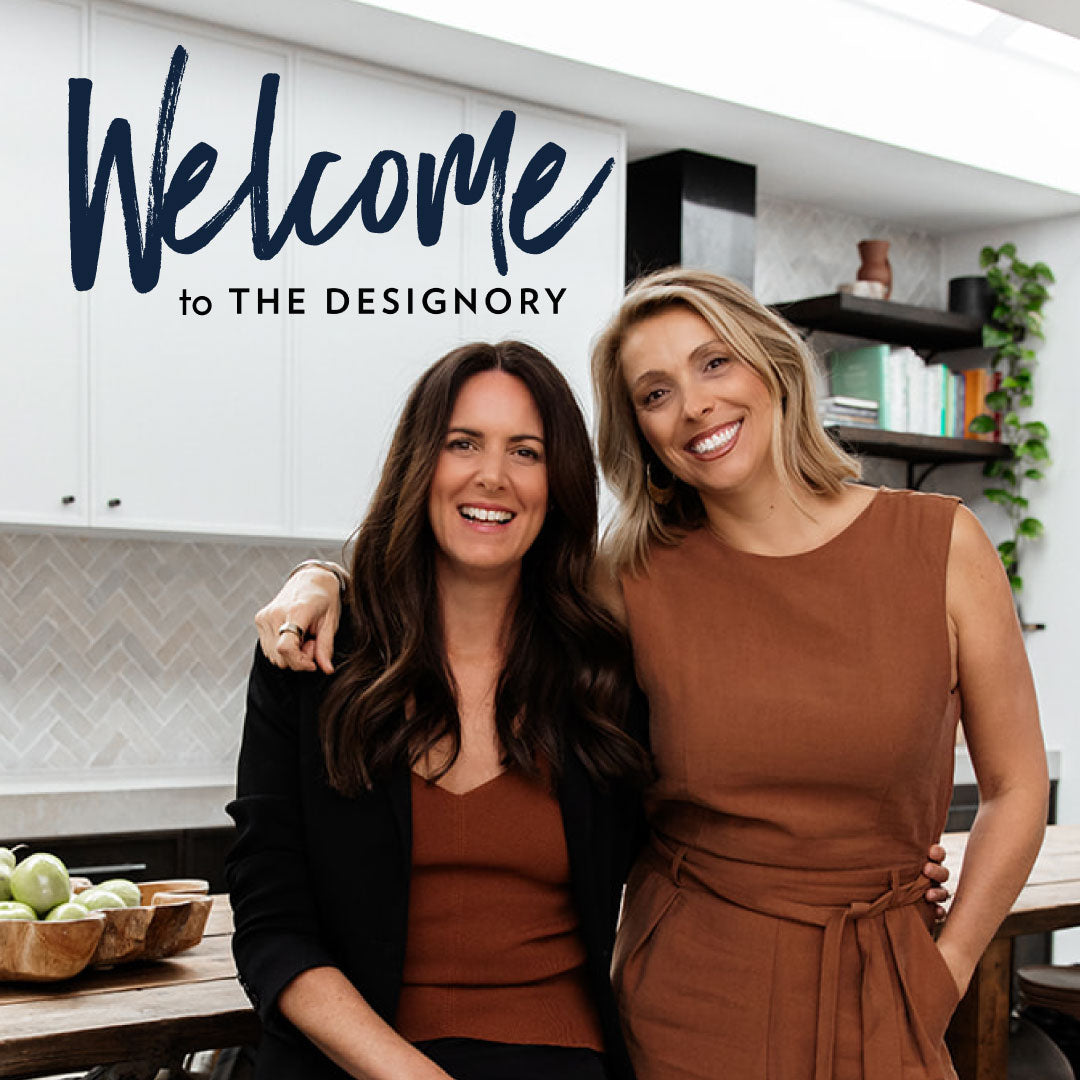Mastering the Right Splash Back for Your Kitchen
When it comes to splashbacks for your kitchen, it can be extremely overwhelming to choose the right one for your space with an endless amount of choices. Splashback trends have changed a lot over the past 5 to 10 years with many designers and specifiers opting to use more timeless materials and looks to extend the design life cycle further. Read on for our top tips plus some advice from Joshua Earp, Marketing Manager of Earp Bros, in choosing the right splashback for your kitchen.
1. Explore different materials
Integrating materials across a range of surfaces including splashbacks can help create a more holistic feeling of space and purpose in the kitchen. By using a material that covers the entirety of your splash wall instead of a smaller strip/section, it can ground your kitchen design instead of visually separating the splash from the rest of the space.
Joshua explains, ‘porcelain splashbacks are one of the lowest maintenance options available acting as a barrier against heat, water, chemicals, stains, oils and bacteria without the need for sealing or polishing. By using porcelain slabs like XTone or XLight, spans of up to 3.2 metres can be achieved in a single piece without joints.’ Although the seamless look is on trend, we are also seeing a resurgence of small format wall tiles being used as decorative splash walls. Subway style tiles will always be popular for smaller spaces; however, even large contemporary homes are being adorned with smaller format ceramic tiles, marble and glass mosaics. The handmade trend is definitely apparent right now. Overall the design of your home more broadly should speak to the materials used on your splashback - but opting for porcelain slab, glass mosaics or glazed ceramic tiles instead of natural materials means you will have a longer lasting, lower maintenance splashback for many years into the future.’

We recently used handmade terracotta Trabada tiles in white from Earp Bros (photo above) to bring a natural and hand-finished look to The Barefoot Bay Villa kitchen in Byron Bay.

We asked Joshua a few questions about these incredible terracotta tiles to find out more about the artisans who make them and the design process:
Your Terracotta range has been hand-selected from traditional Spanish artisans – can you tell us a bit about how you ended up selecting the artisans?
When we consider artisanal workshops, we first look at their capabilities and values - do we feel a connection with the people and the business? We certainly did with Vicente Camp, a 100-year-old family business based in one of our favourite regions of Spain - a true artisan manufacturer that is also large enough to facilitate the types of projects we supply. Hand forming their terracotta bricks and tiles in wooden moulds, they fire their tiles in a traditional Hoffman type kiln, a unique method of kiln firing which is becoming rarer every year.
What is the design process behind the terracotta tiles?
With any artisan supplier we work with, we first understand the current manufacturing limits and boundaries - then we can know where to start attempting new things. From here we look at their key skills, previous products, raw materials, glazes, processes and the creative minds already in their business. How we can develop something new, something that will give value to our customers, something distinct but balanced. With our range of handmade terracotta, there is inherent value in the processes, materials and the kiln used to fire the tiles. So, we look at the colours we can achieve, the sizes and shapes we can create and match products we may also be able to develop. Our range focuses on modular formats and standard sizes that work best for terracotta. We are currently developing some exciting new products crafted from the same materials - watch this space over the next few months!
2. Select the right colour
If you have already selected your benchtop material or you are simply updating your splashback, using your benchtop to guide in choosing the right colour is key. If you have a neutral colour benchtop, you can either choose a feature colour for your splashback to add a focal point to the kitchen or instead you can choose colours that are similar in tone to your benchtop to create a cohesive and consistent look. If you’re looking to add a pop of interest, you can opt for colours that are complementary or contrasting.
This feature tile splashback from our Coogee House project brings a focal point to the white kitchen and adds a pop of interest.

3. Select a splashback to bring in light
Are you looking for a splashback that is less traditional and a bit different? Why not a add a splashback window? This adds a modern edge while also opening the kitchen space up. Having a splashback window will also bring added colour to your kitchen from the outdoor plants and environment. Another option for bringing light into the space is to choose a mirror splashback. It’s an excellent way to make the space look larger than it really is. This will also add an extra dimension of colour to the way as it will reflect whatever is opposite to it, whether that is a window or your interior space. You can see an example of the mirror splashback choice in the photo below from our Clovelly House 2 project where it brings an exceptional amount of light into the kitchen space.



